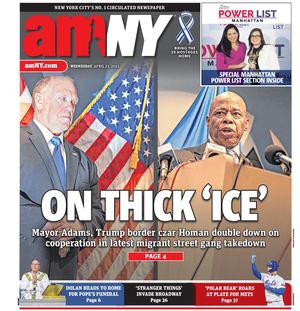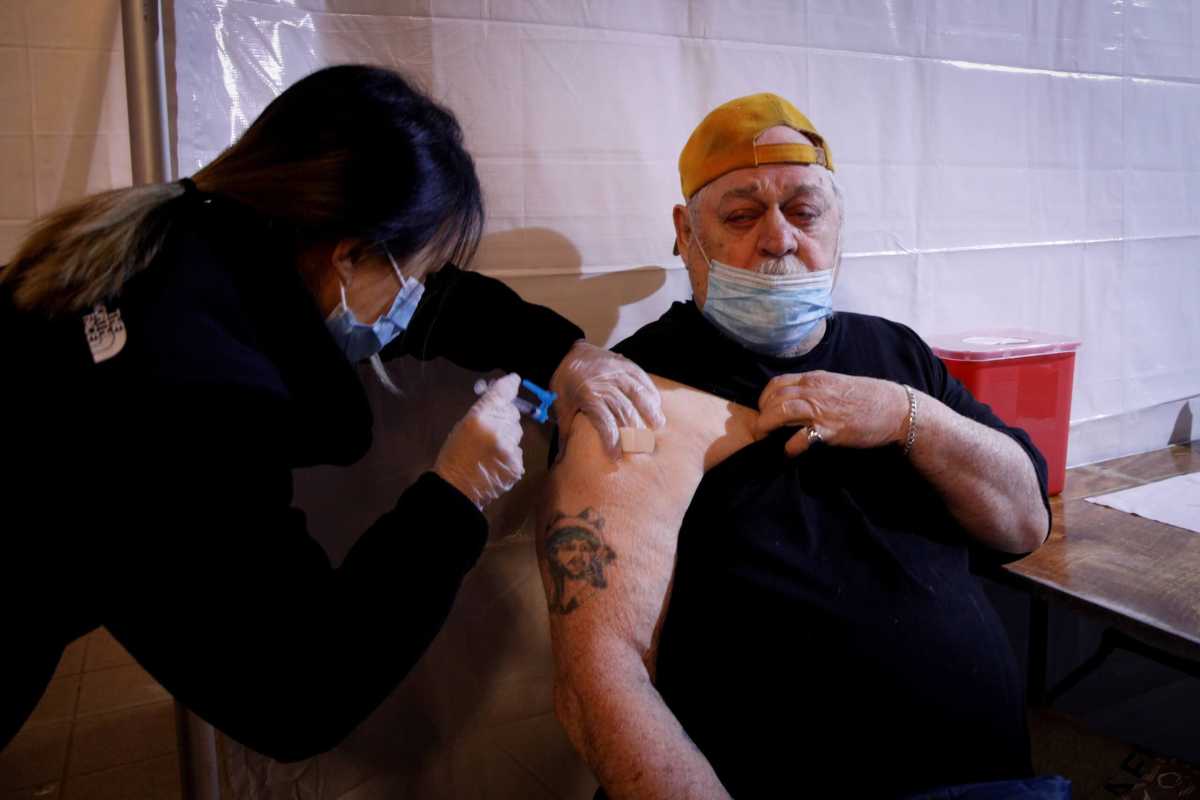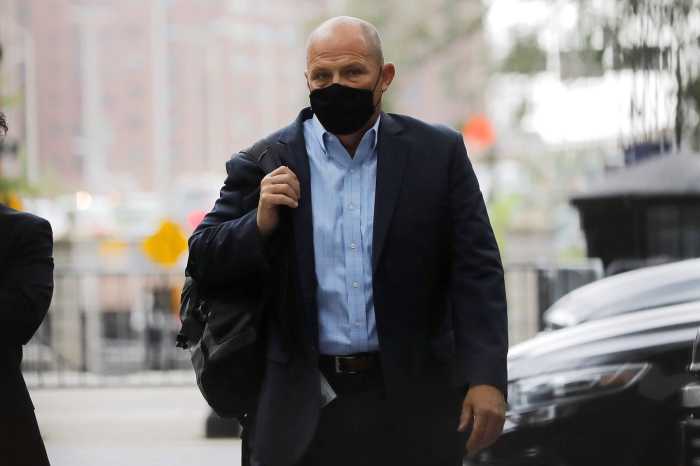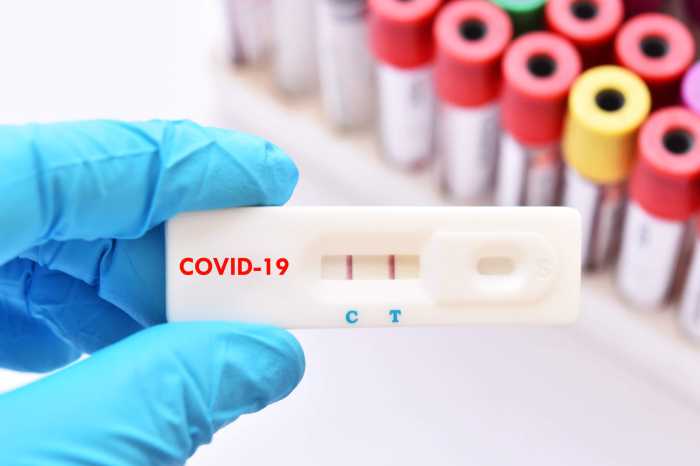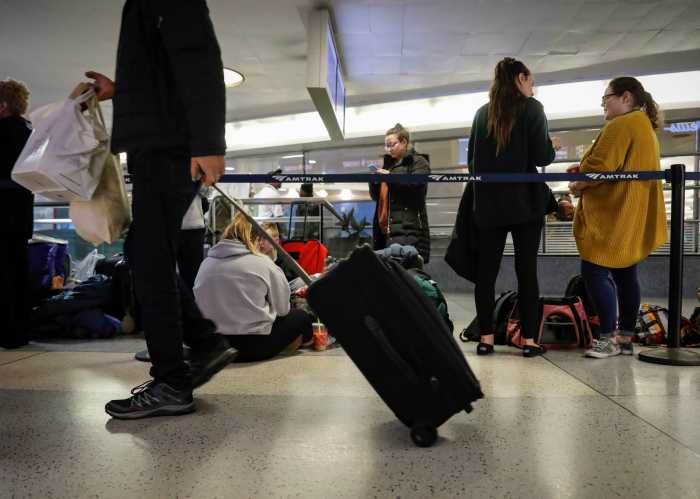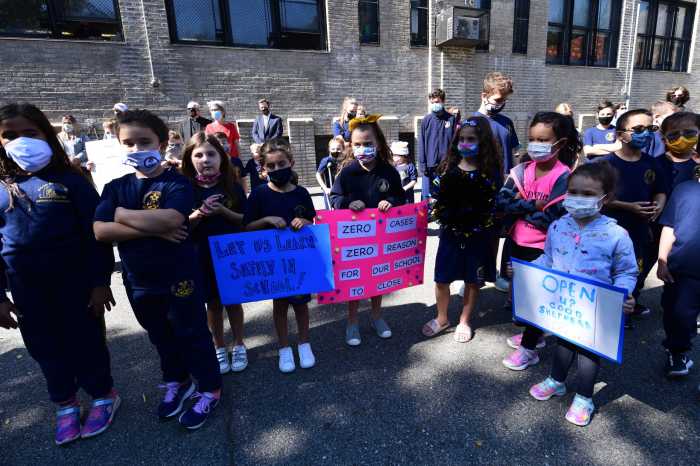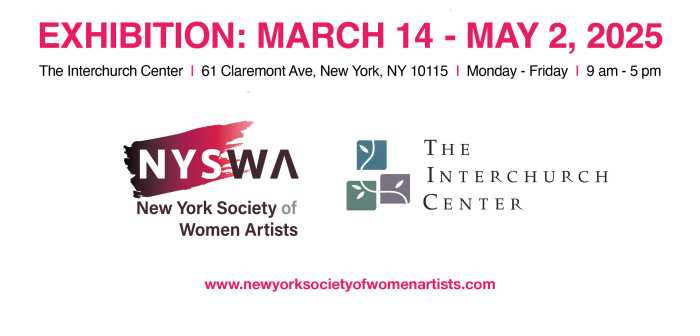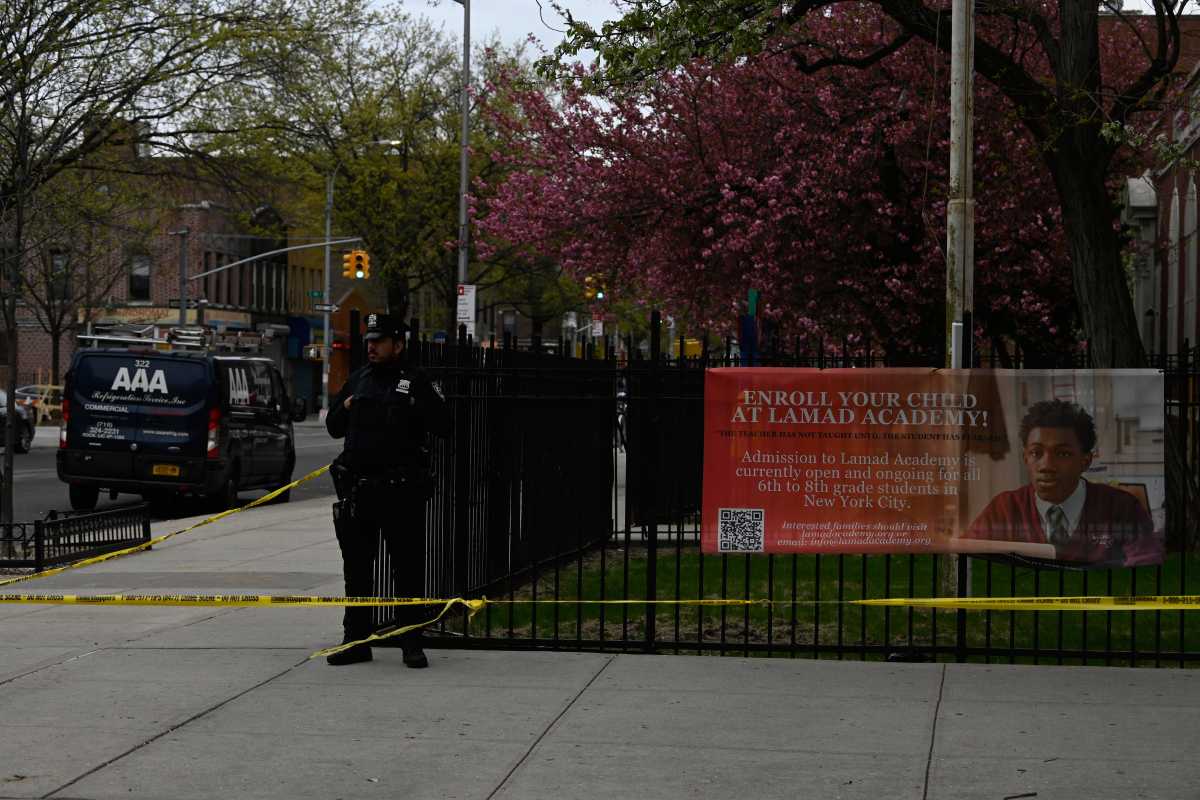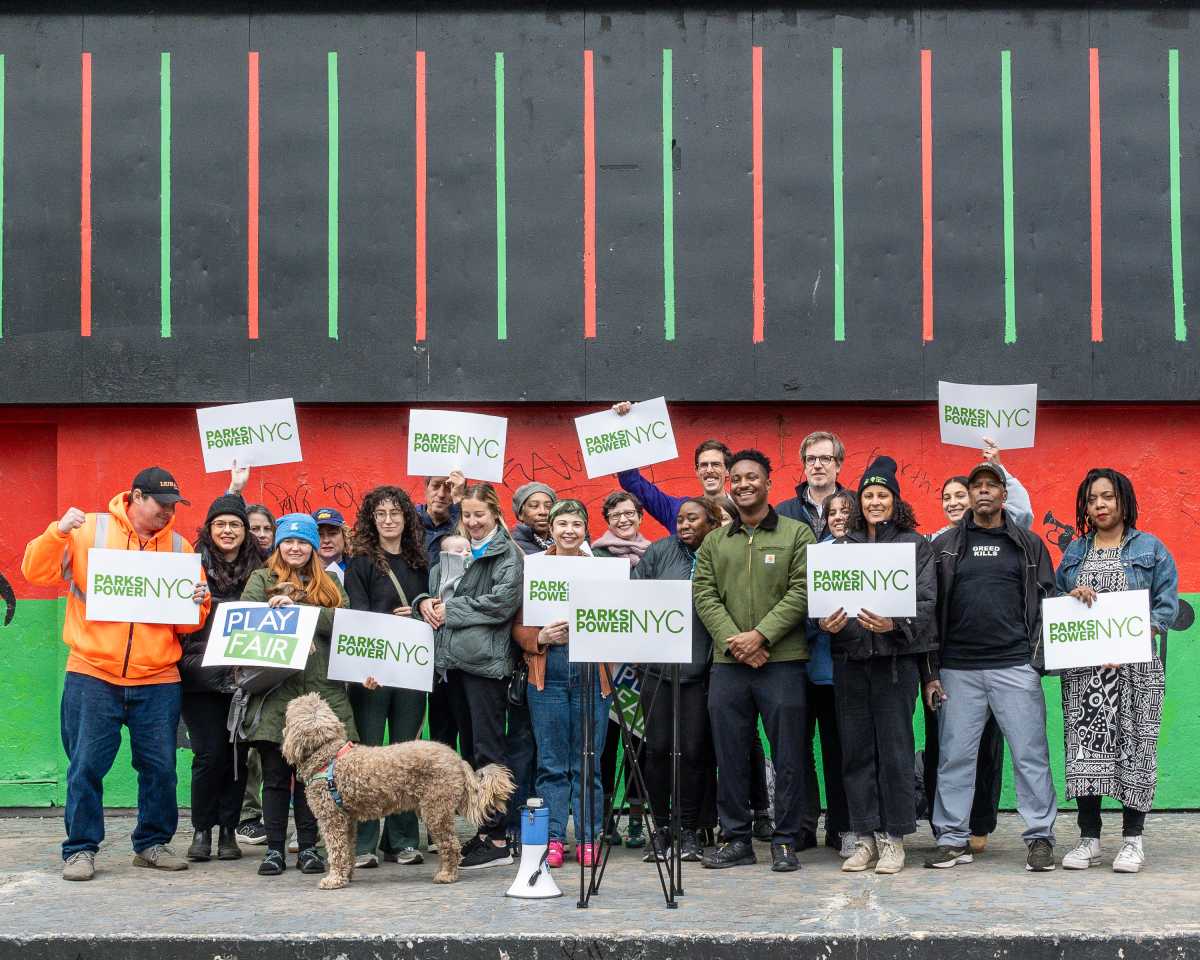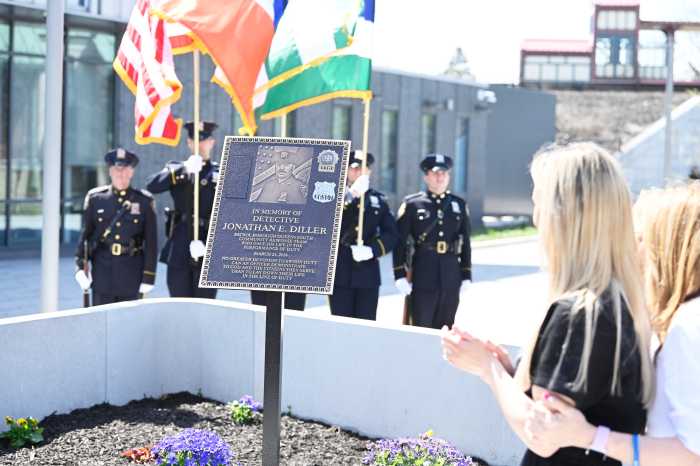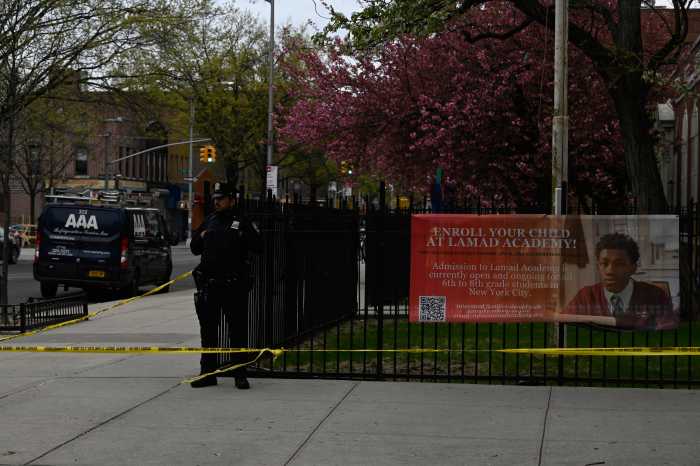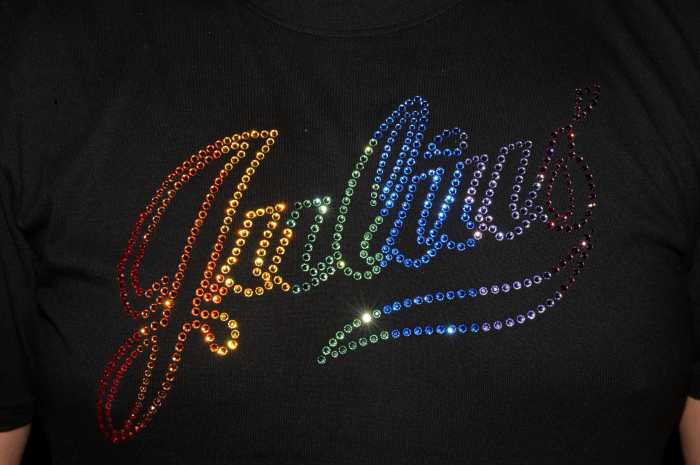More than half of all COVID-19 cases diagnosed in New York City involve some sort of virus variant, according to the latest city Health Department data.
That includes the more contagious and virulent Delta strain, which is continuing to make its presence known even as the overall number of infections continues to plummet.
On June 5, the Delta strain (B.1.617.2) comprised 5.6% of all COVID-19 cases diagnosed at that time. But just a week later, that number grew to 22.7% of all new COVID-19 diagnoses. That growth made the Delta strain second only to the B.1.1.7 variant, which on June 12 comprised 25.8% of all COVID-19 cases in the city.
Over the last four weeks, however, the Delta variant comprised a little more than 10% of all tested cases — though that number figures to go up in the weeks to come.
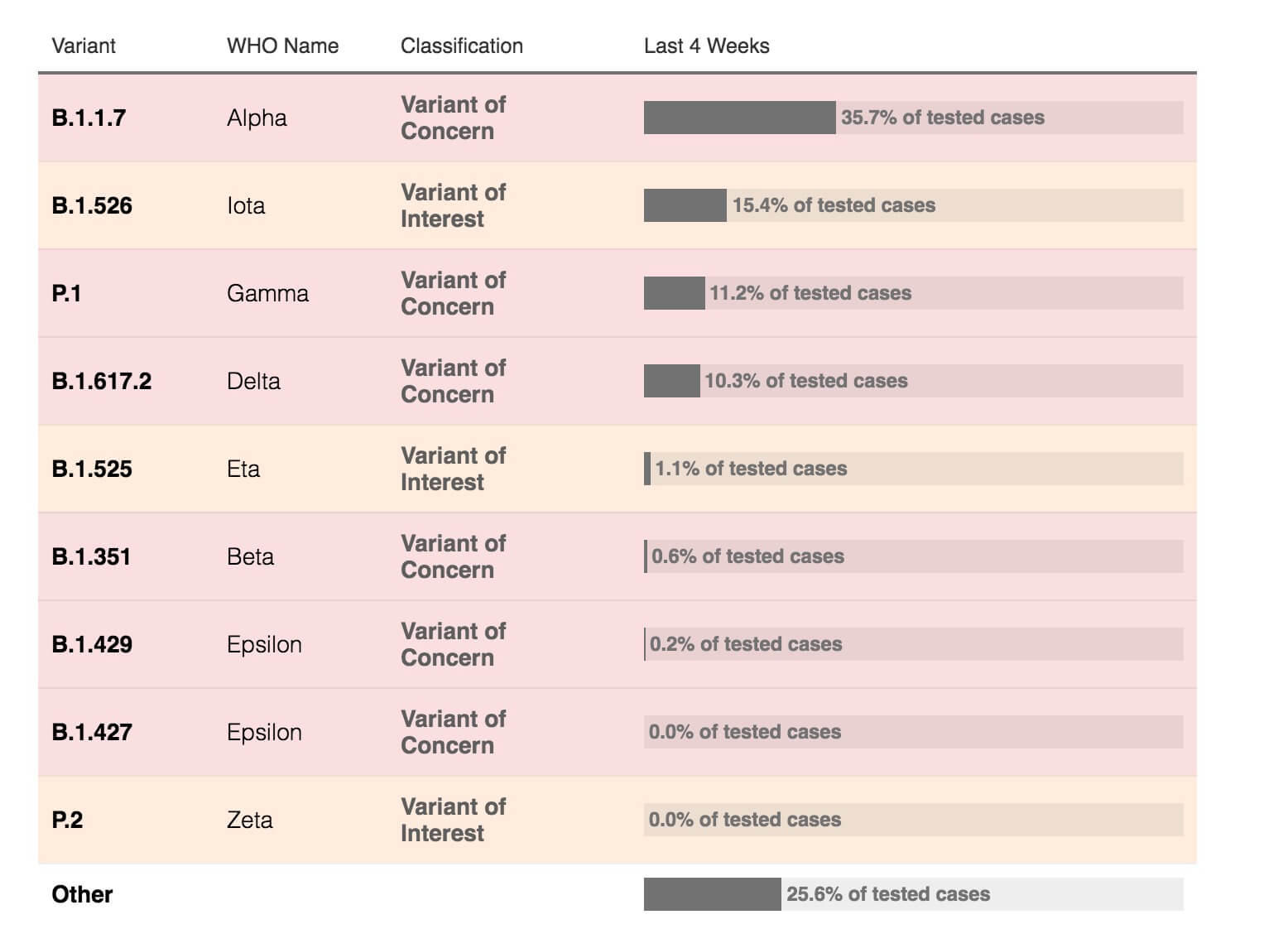
For weeks now, health experts in the city and federal government have warned about the Delta strain potentially becoming the dominant form of COVID-19 — something which the latest city Health Department data seems to confirm.
The COVID-19 vaccines, however, have been found to be effective at combating the Delta strain and protecting individuals from serious illness and/or death from infection. COVID-19 — though its spread has slowed to a crawl in New York City now that more than half the population are fully vaccinated — remains a serious health threat to unvaccinated persons.
Health experts have warned that another wave of COVID-19 infections could result if the fast-moving Delta variant infects a large number of unvaccinated New Yorkers. The latest data, however, shows that no such new wave appears imminent.
Just three areas of the five boroughs registered a 7-day positivity rate exceeding 2% between June 17-23. All three locations are on Staten Island: Great Kills (ZIP 10308, 2.54% 7-day positivity rate); Tottenville (10307, 2.51%) and Charleston/Prince’s Bay/Woodrow (10309, 2.03%). But none of these areas had more than 14 new COVID-19 cases each.
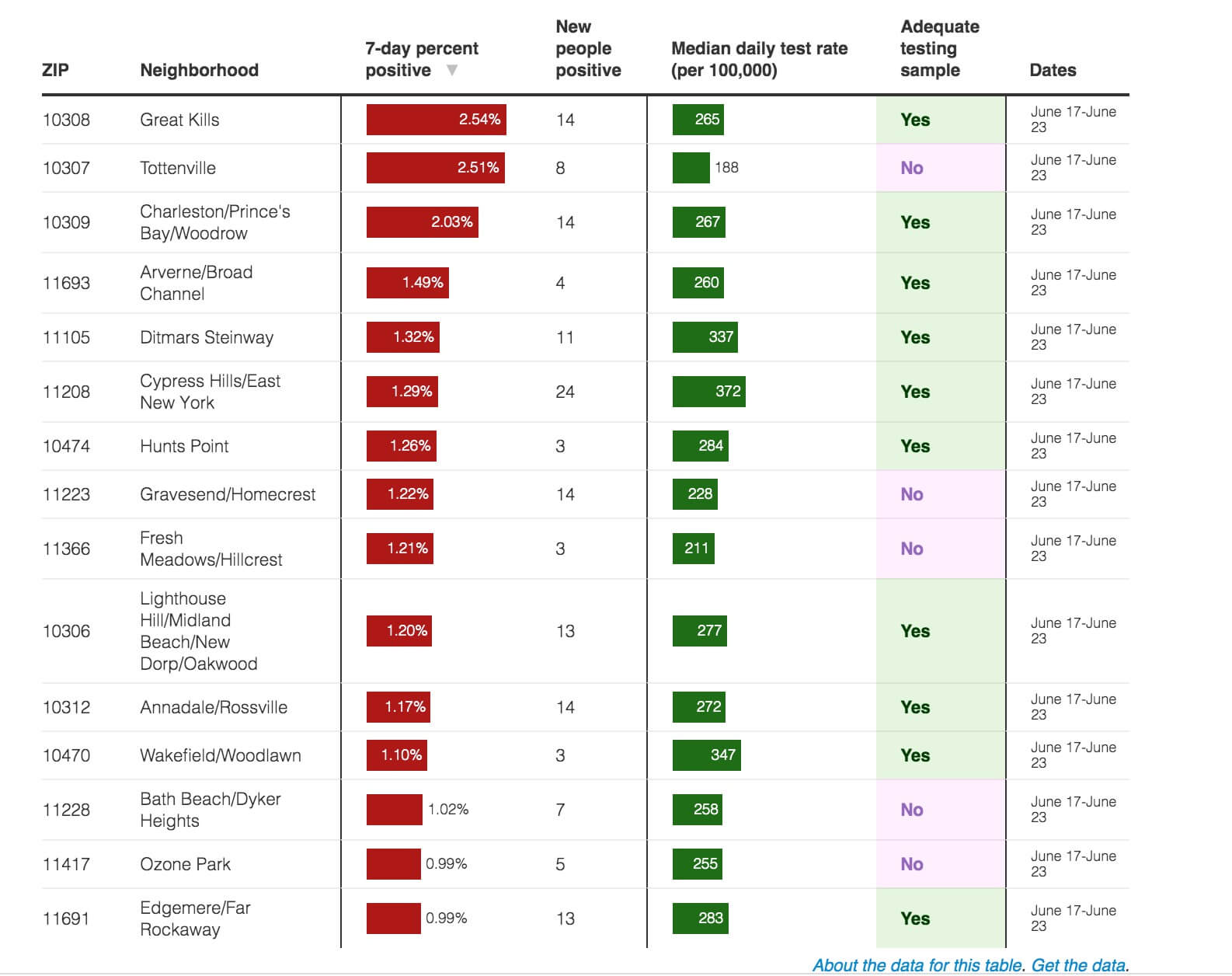
Staten Island also saw progress this week on the vaccination front, as more than half of its population (51%) have now received at least one dose of the COVID-19 vaccine — making it the third borough to eclipse the 50% mark.
Manhattan continues to lead the way both in number of residents with at least one dose (67%) and those who are fully vaccinated (62%). Queens is second with 61% with at least one dose and 57% fully vaccinated.
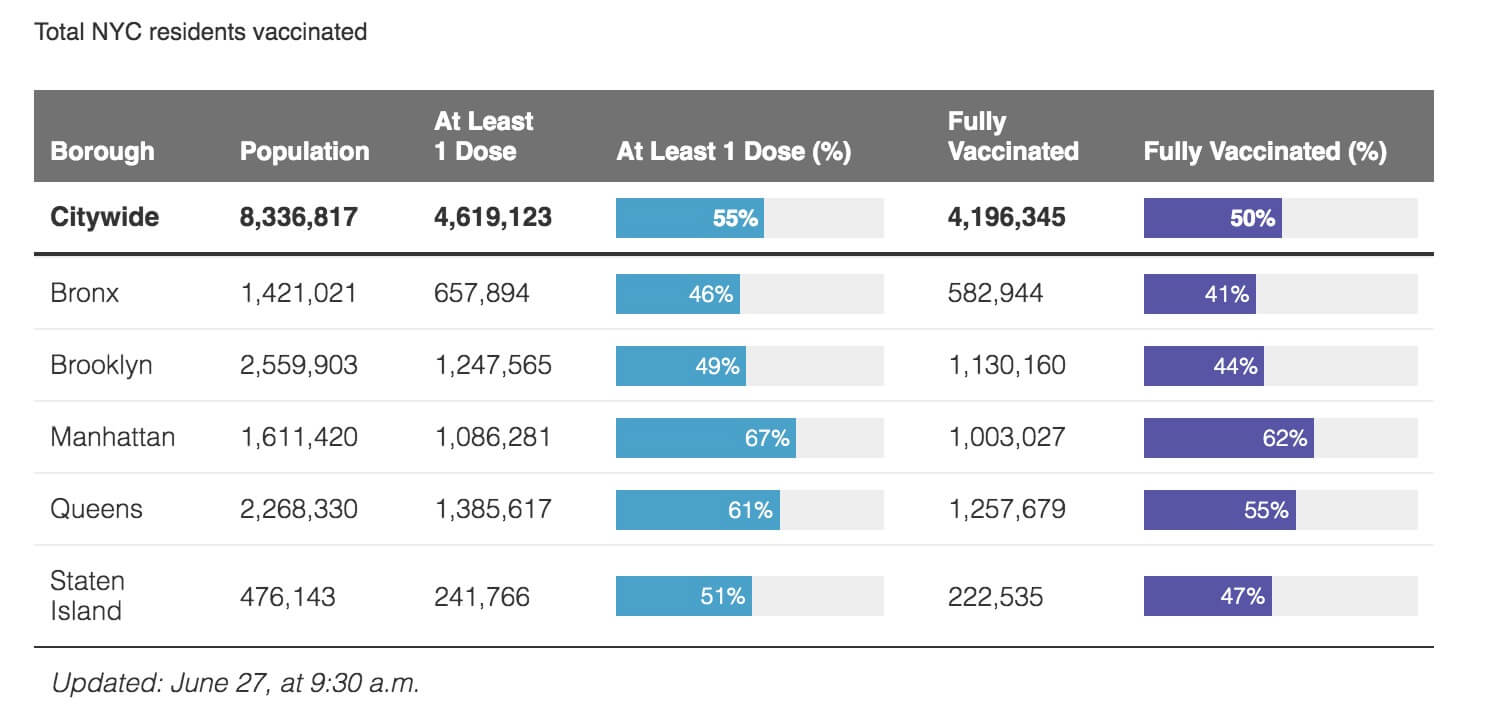
Manhattan neighborhoods also continue to have the highest fully vaccinated rates in the city. One area of the Financial District (10004) and Hell’s Kitchen/Midtown Manhattan (10018) remain the only communities in New York City with a perfect fully vaccinated rate of 100%.
Eight of the nine neighborhoods with fully vaccinated rates above 80% are also in Manhattan; the lone holdout is the Queens communities of Flushing/Murray Hill/Queensboro Hill (11355), where 80% of the population is fully vaccinated.
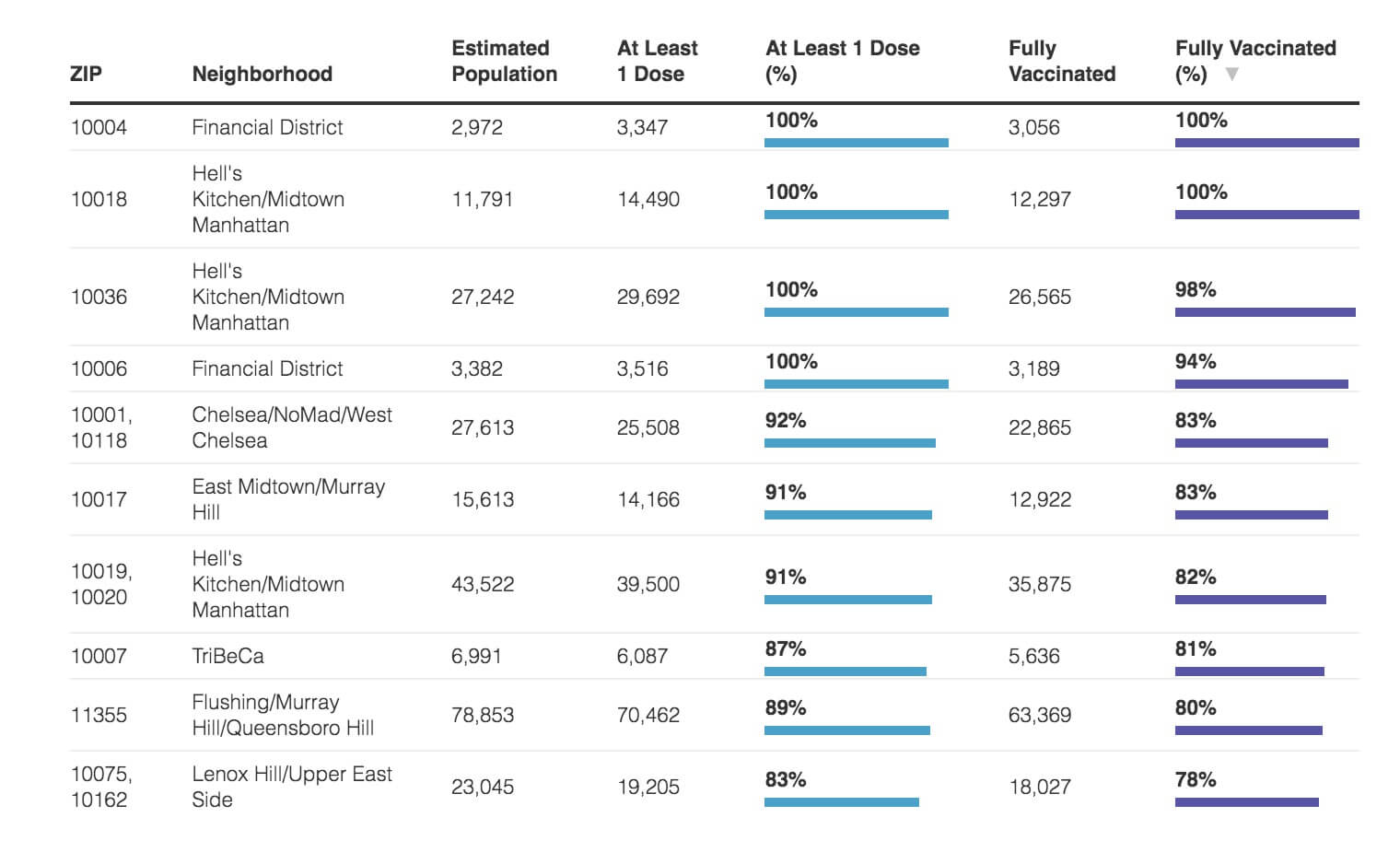
The struggle continues, meanwhile, to get more New Yorkers vaccinated in areas where the fewest residents are protected from COVID-19.
The needle has barely moved when it comes to the vaccination effort in Edgemere/Far Rockaway, Queens (11691), which continues to have the weakest rates at 35% of the population with at least one dose and 31% fully vaccinated.
Seven Brooklyn areas, meanwhile, have fully vaccinated rates ranging between 32-34%.
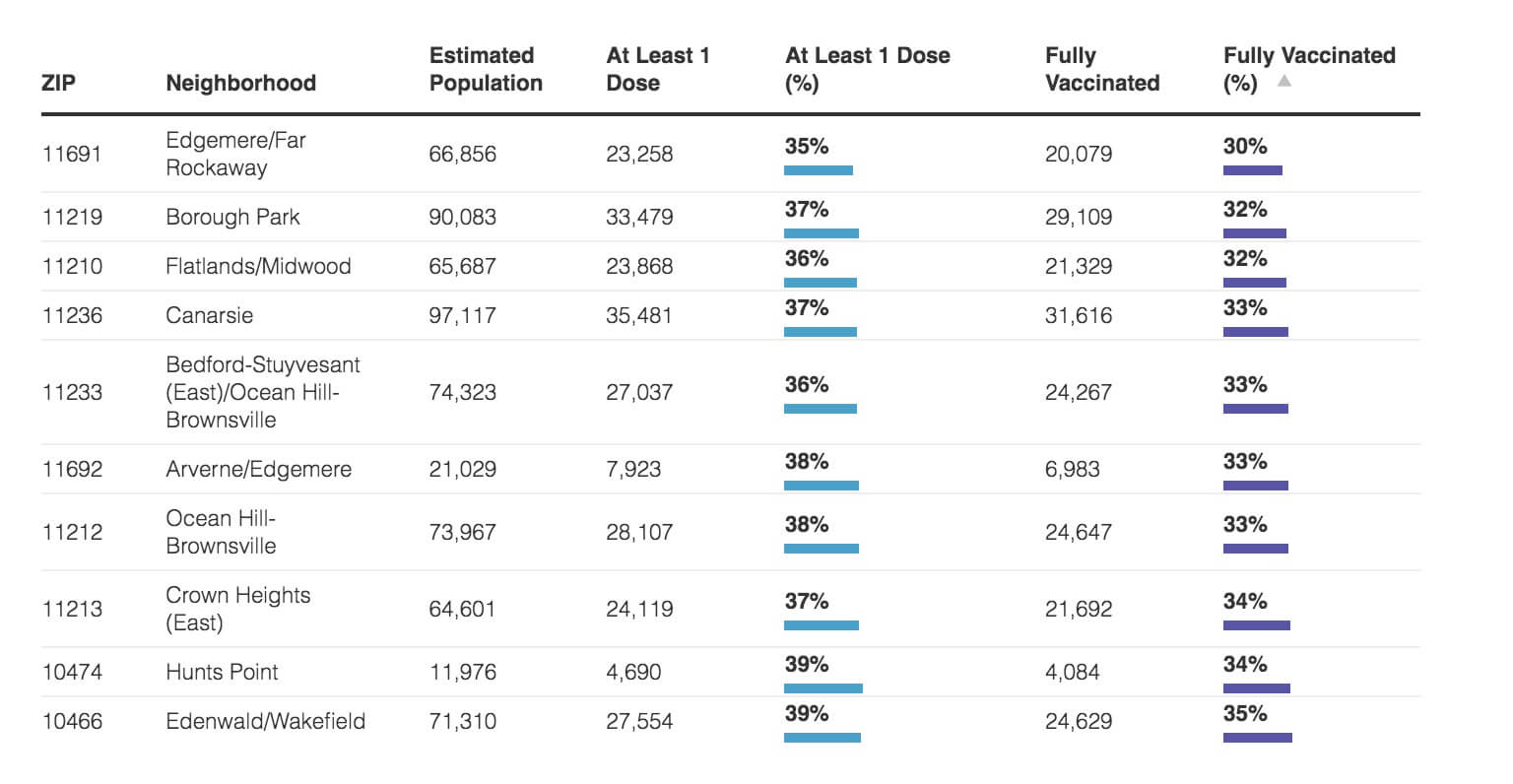
Judging by the statements of health experts, these communities could be at the highest risk of experiencing a COVID-19 spike resulting from the spread of the Delta variant.
For now, COVID-19 cases continue to plummet citywide. Saturday brought 69 new hospitalizations and just 180 new cases in New York City, according to Mayor Bill de Blasio. The 7-day positivity rate was down to 0.56%.
Statewide, COVID-19 hospitalizations had fallen to 374 on June 26 — the lowest number since the start of the pandemic in March 2020, Governor Andrew Cuomo reported. Even so, five people died of the illness on June 26, including one person in Queens and another in Brooklyn.
